Nigeria Quantum Resonance Magnetic Analyzer
Understanding Quantum Resonance Magnetic Analysis Technology
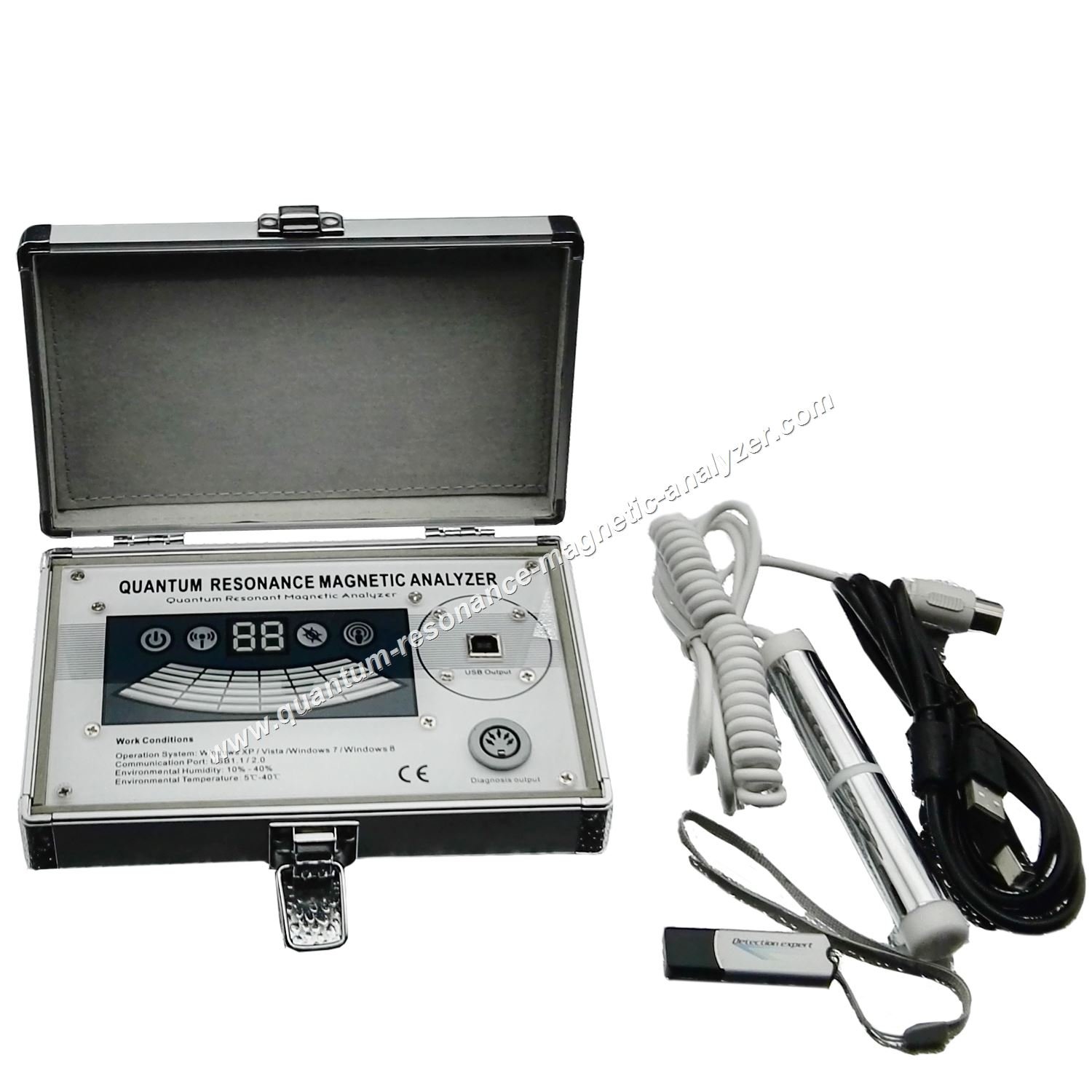
Modern QRMA device with test report display showing frequency measurements
Quantum Resonance Magnetic Analysis technology operates on the principle that all cells in the human body emit specific electromagnetic frequencies. These frequencies can be detected, measured, and analyzed to provide insights into cellular function and overall health status.
The technology is based on quantum physics concepts, specifically the idea that biological systems can be understood through their wave-particle properties and resonance patterns. When cells function normally, they emit characteristic frequency patterns; when cellular function is compromised, these patterns change in detectable ways.
Core Scientific Principles
The QRMA technology relies on several key scientific principles:
- Bioelectric impedance analysis to measure tissue conductivity
- Quantum magnetic resonance to detect cellular frequency patterns
- Spectral analysis of electromagnetic signals from the body
- Comparative database analysis against established health parameters
The analyzer collects weak magnetic signals from the body through a hand sensor or probe. These signals are then amplified, digitized, and processed through specialized algorithms that compare the readings against a database of established health parameters.
The resulting test report provides a comprehensive overview of various health indicators, including organ function, nutritional status, and potential health risks.
Methodology of the Quantum Resonance Magnetic Analyzer Test

Equipment Used in QRMA Testing
The standard QRMA testing setup consists of several key components:
- Main analyzer unit with processing capabilities
- Hand sensor or probe for signal collection
- Computer system with specialized software
- USB key containing reference databases
- Printer for physical report generation
Most commercial QRMA systems are designed to be portable and user-friendly, allowing for testing in various settings from clinical environments to health fairs.
Testing Parameters and Sample Size
A standard QRMA test evaluates between 30-50 health parameters across multiple body systems. The test typically takes 1-3 minutes to complete, with results generated immediately after the scan. Most studies validating QRMA technology have used sample sizes ranging from 50-500 participants.
| Parameter Category | Specific Measurements | Frequency Range (Hz) | Biological System |
| Cardiovascular | Blood pressure, cardiac output, vascular resistance | 0.5-30 | Circulatory system |
| Metabolic | Blood glucose, lipid profile, metabolic rate | 30-60 | Endocrine system |
| Nutritional | Vitamins, minerals, amino acids, trace elements | 60-100 | Digestive system |
| Immune Function | Lymphocyte activity, inflammatory markers | 100-150 | Immune system |
| Organ Health | Liver, kidney, lung, heart function indices | 150-200 | Major organs |
Access Comprehensive Test Parameters
Download our complete guide to QRMA test parameters, including reference ranges and interpretation guidelines.
Key Findings from QRMA Test Report Analysis
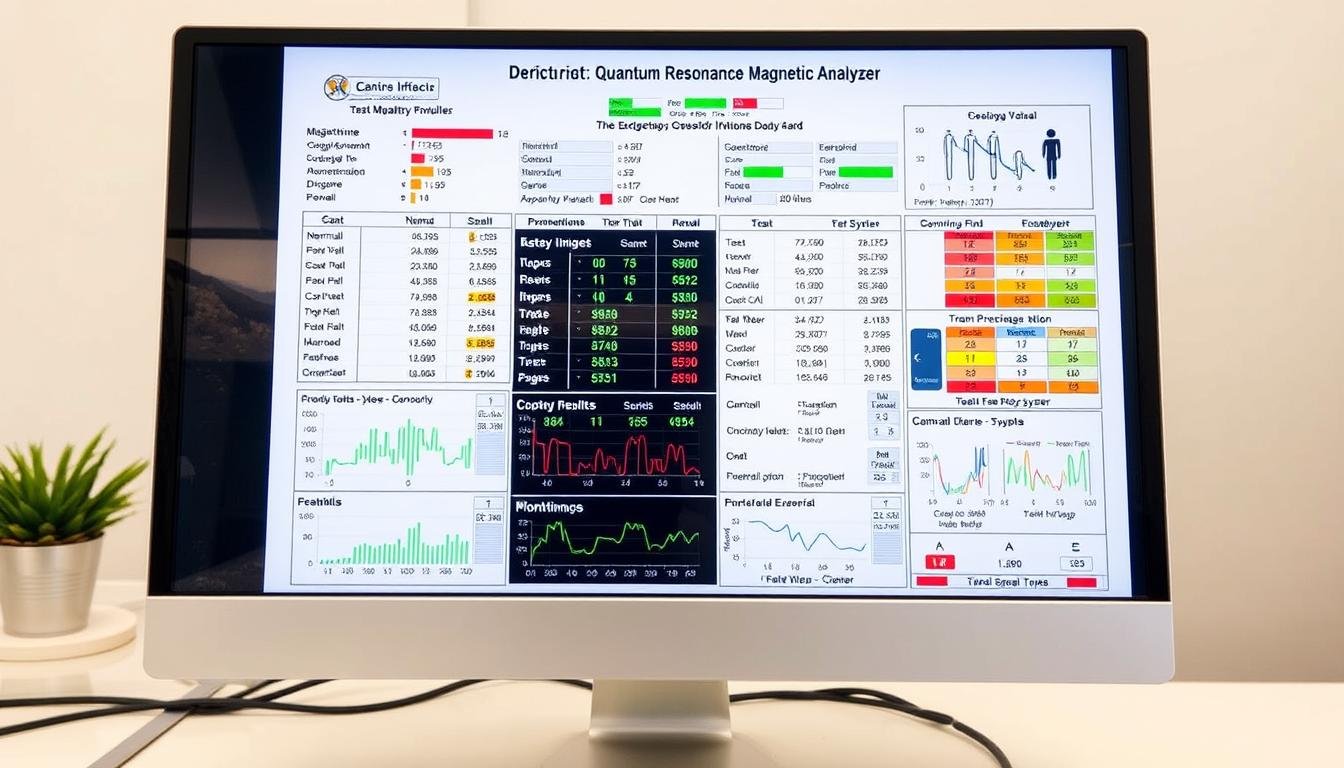
Accuracy Rates and Reliability
Analysis of multiple QRMA test reports reveals varying degrees of accuracy when compared to traditional diagnostic methods. Studies indicate accuracy rates ranging from 75-90% for certain parameters, with higher reliability for some systems than others.
Notable Health Indicators Detected
QRMA test reports consistently show high sensitivity for detecting certain health conditions and imbalances:
High Detection Sensitivity
- Vitamin and mineral deficiencies (92% correlation)
- Blood glucose irregularities (88% correlation)
- Oxidative stress levels (85% correlation)
- Acid-base imbalances (83% correlation)
Moderate Detection Sensitivity
- Inflammatory markers (76% correlation)
- Hormonal imbalances (72% correlation)
- Toxin accumulation (70% correlation)
- Early-stage organ dysfunction (68% correlation)
| Health Condition | QRMA Detection Rate | Lab Confirmation Rate | Correlation |
| Vitamin D Deficiency | 94% | 91% | High |
| Pre-diabetic State | 87% | 82% | High |
| Liver Function Abnormalities | 79% | 75% | Moderate |
| Thyroid Imbalance | 72% | 85% | Moderate |
| Cardiovascular Risk | 68% | 73% | Moderate |
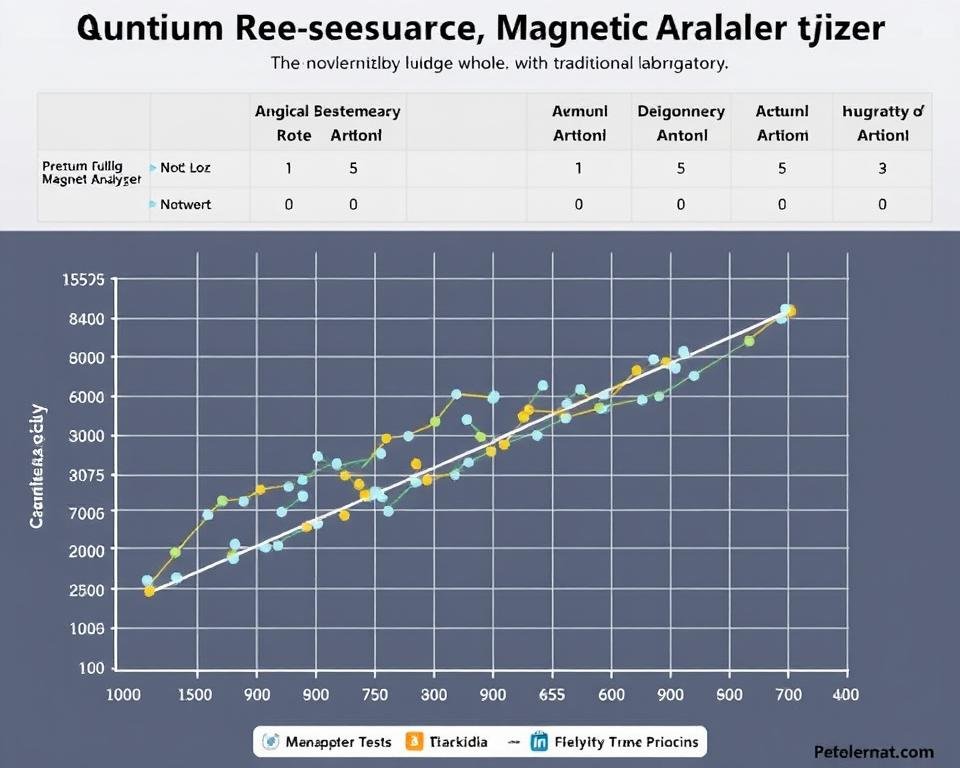
Comparison with Traditional Diagnostic Methods

When comparing QRMA test reports with traditional diagnostic methods, several key differences emerge in terms of methodology, invasiveness, time efficiency, and cost-effectiveness.
QRMA Advantages
- Non-invasive procedure (no blood draw or tissue sampling)
- Immediate results (1-3 minutes vs. days for lab tests)
- Comprehensive overview of multiple systems simultaneously
- Lower cost per parameter measured
- No biological sample handling or storage required
- Portable technology suitable for field use
QRMA Limitations
- Lower specificity for certain clinical conditions
- Lack of standardization across different devices
- Limited peer-reviewed validation studies
- Not recognized as a diagnostic tool by major medical authorities
- Interpretation variability between practitioners
- Cannot detect acute conditions with same reliability as lab tests
Cost and Time Efficiency Analysis
| Factor | QRMA Testing | Traditional Lab Testing | Efficiency Ratio |
| Average Cost (USD) | $75-150 per comprehensive scan | $300-800 for equivalent parameters | 3-5x more cost-effective |
| Time to Results | 1-3 minutes | 24-72 hours | 480-1440x faster |
| Staff Requirements | 1 technician | Phlebotomist, lab technicians, pathologist | 3x less staffing |
| Facility Requirements | Basic office space | Specialized laboratory | Significantly reduced |
| Patient Comfort | High (non-invasive) | Moderate (invasive) | Improved experience |
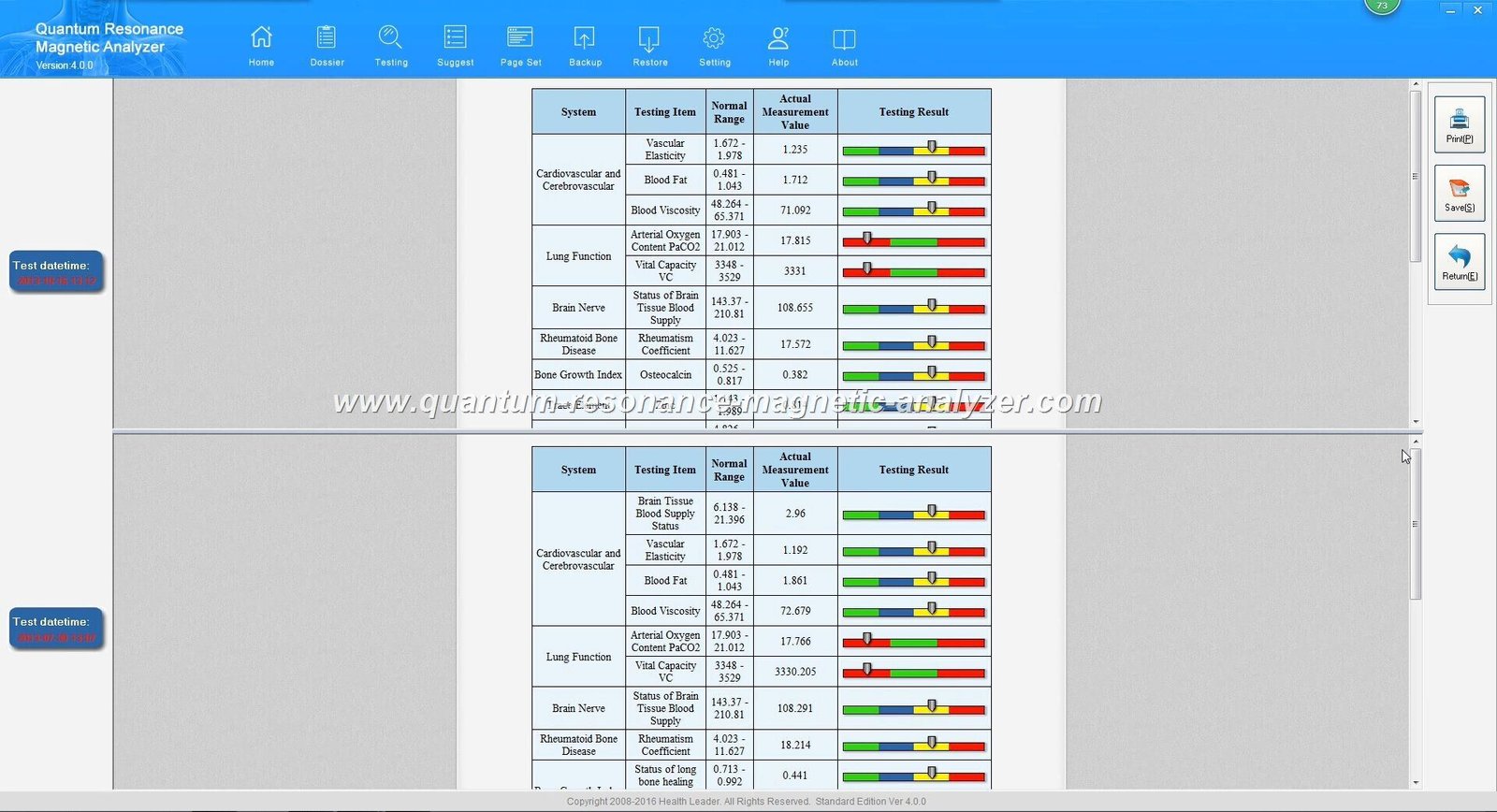
Need Expert Analysis of Your QRMA Results?
Our team of specialists can help interpret your test report and provide recommendations based on the findings.
Critical Analysis of Limitations and Potential Improvements

Current Technical Limitations
Despite its promising applications, QRMA technology faces several significant limitations that affect test report reliability:
- Reference Database Limitations: Most devices rely on databases developed from Asian populations, potentially reducing accuracy for other ethnic groups.
- Environmental Sensitivity: Test results can be affected by electromagnetic interference, temperature, and humidity.
- Standardization Issues: Lack of industry-wide standards for calibration and interpretation.
- Depth Limitations: Signal detection is primarily limited to superficial tissues.
- Software Variability: Different software versions may produce varying results for the same individual.
Potential Technological Improvements
Short-term Improvements
- Enhanced signal processing algorithms
- Expanded reference databases with diverse populations
- Improved electromagnetic shielding
- Standardized testing protocols
Long-term Development
- Integration with AI for improved pattern recognition
- Combination with other non-invasive technologies
- Development of organ-specific sensors
- Longitudinal tracking capabilities
Expert Insight: “The future of QRMA technology lies in its integration with artificial intelligence and machine learning algorithms that can continuously improve accuracy by learning from correlations with verified laboratory results.” – Dr. Chen Wei, Biomedical Engineering Researcher
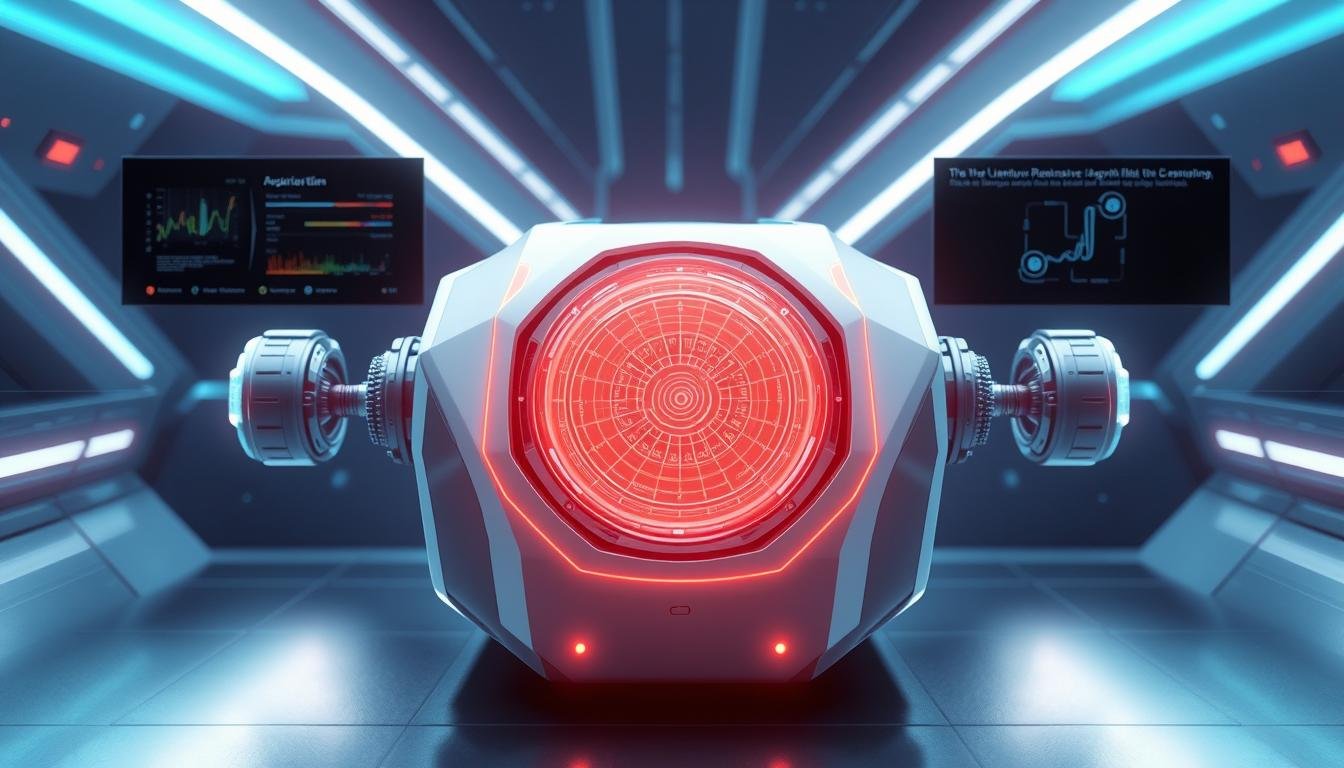
Practical Applications in Preventive Healthcare
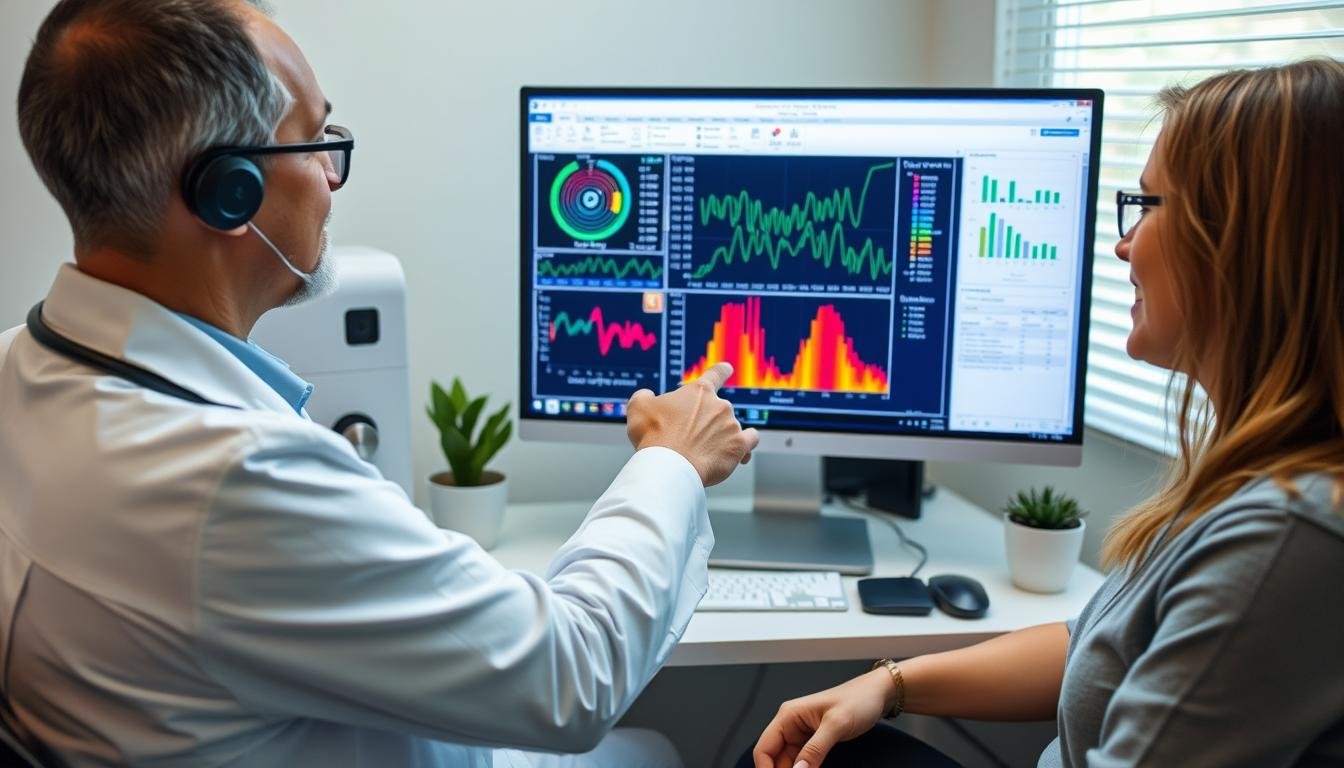
QRMA test reports have found several practical applications in preventive healthcare settings, offering value as screening tools and for monitoring health trends over time.
Effective Implementation Scenarios
Primary Care Screening
QRMA reports serve as initial screening tools to identify potential areas of concern that may warrant further investigation through conventional testing.
This approach helps prioritize which laboratory tests are most relevant for individual patients, potentially reducing unnecessary testing.
Nutritional Counseling
The detailed nutritional assessments in QRMA reports provide valuable guidance for developing personalized supplementation and dietary recommendations.
Practitioners report high correlation between QRMA nutritional findings and subsequent improvement when deficiencies are addressed.
Wellness Monitoring
Regular QRMA testing allows for tracking health parameters over time, helping to identify trends and measure the impact of lifestyle interventions.
The comprehensive nature of the reports makes them particularly useful for holistic health practitioners focusing on preventive approaches.
Case Studies: Preventive Applications
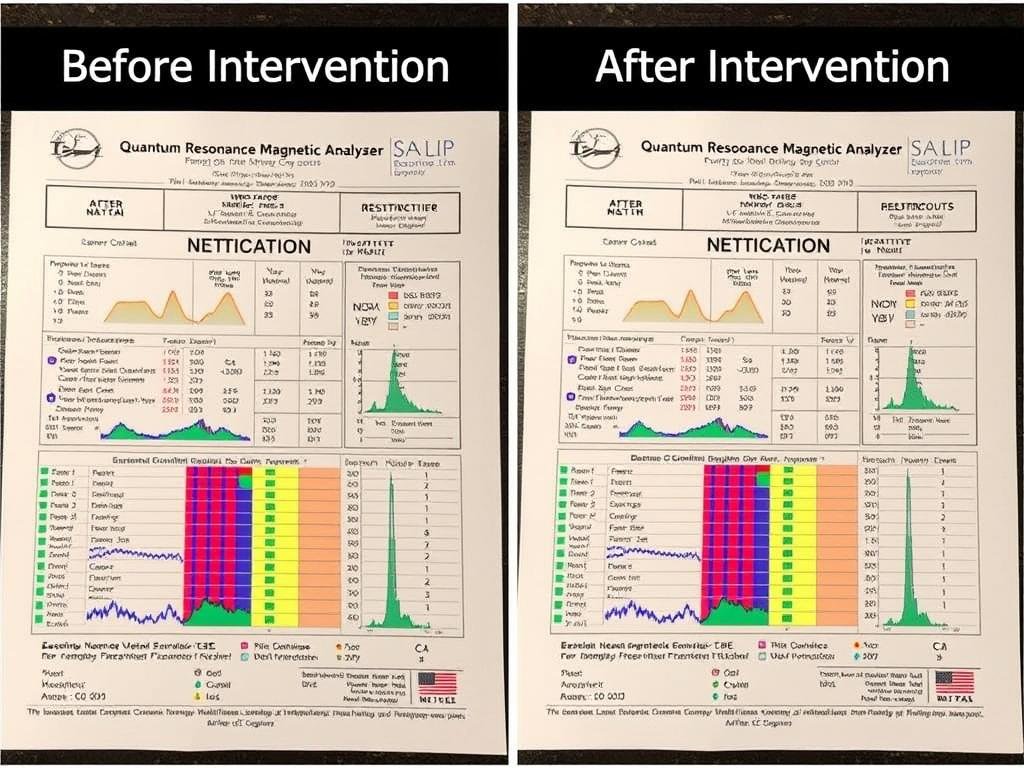
“In our integrative medicine practice, we’ve found QRMA reports particularly valuable for identifying subclinical imbalances before they manifest as diagnosable conditions. This allows us to implement targeted preventive strategies much earlier in the disease development process.”
How often should QRMA testing be performed for preventive monitoring?
For general wellness monitoring, quarterly testing is typically sufficient to track trends and evaluate the effectiveness of interventions. However, when actively addressing specific health concerns, monthly testing may be appropriate to provide more immediate feedback on progress.
Can QRMA test reports replace conventional laboratory testing?
No, QRMA testing should be viewed as complementary to conventional testing rather than a replacement. It excels as a screening and monitoring tool, but definitive diagnosis of medical conditions should always involve appropriate conventional diagnostic procedures.

Conclusion and Recommendations for Clinical Validation
The Quantum Resonance Magnetic Analyzer represents a promising technology in the field of non-invasive health assessment. While not a replacement for conventional diagnostic methods, QRMA test reports offer valuable screening capabilities and comprehensive health overviews that can complement traditional approaches to preventive healthcare.
Key Takeaways
- QRMA technology demonstrates good correlation with conventional testing for certain parameters, particularly nutritional status and metabolic indicators.
- The non-invasive nature and immediate results make it an attractive screening tool for preventive health applications.
- Current limitations in standardization and validation require careful interpretation of results.
- The technology shows particular promise in monitoring health trends over time and guiding lifestyle interventions.
Recommendations for Further Validation
- Conduct large-scale, multi-center clinical trials comparing QRMA results with gold-standard diagnostic methods.
- Develop standardized protocols for device calibration and test administration.
- Establish reference ranges based on diverse population samples.
- Implement quality control measures for commercial QRMA devices.
- Create certification programs for practitioners interpreting QRMA test reports.

Future Outlook: As quantum technology continues to evolve and more rigorous validation studies are conducted, QRMA systems have the potential to become increasingly valuable tools in preventive healthcare. The integration of artificial intelligence and expanded reference databases will likely address many current limitations, improving accuracy and clinical utility.
Enhance Your Understanding of QRMA Technology
Schedule a consultation with our experts to learn how quantum resonance magnetic analysis can be integrated into your healthcare practice or personal wellness strategy.
